Ten States With the Highest Sales Taxes
These states have the highest sales tax rates in the U.S., but do they really? Learn what taxes look like before you shop.

Katelyn Washington

Shoppers may be feeling the pinch at the register this year. With tariffs potentially driving up costs and inflation straining household budgets, rising prices have been a concern for many.
Contributing to those high prices are state sales taxes. Though often overlooked by customers, sales tax rates can significantly impact your order total at checkout.
For example, if you live in a state with one of the highest sales tax rates, you might be paying more in taxes than some consumers in low sales tax states.
Yet it's important to note that a few places with high sales taxes can be more tax-friendly states overall. And the specific parts of the state where you shop can affect how much you spend on sales tax.
Here's more of what to know.
Highest sales tax states
To determine the states with the highest sales taxes, Kiplinger utilized the latest data from the Tax Foundation. Rankings were based on the average combined and local state tax rates for 2025.
However, state sales taxes don’t always reflect the rate you will actually pay at checkout or on what items. Localities (cities and counties) often have separate sales tax rates from the statewide rate and may change how the overall sales tax burden affects you.
These are the top ten states with the highest sales taxes in the U.S.
This list does not include the five states with no sales tax.

10. New York sales tax
Statewide sales tax: 4%
Average local sales tax: 4.54%
Average combined sales tax: 8.54%
You might not be surprised to see New York make this list, but it barely does, coming in as the tenth most expensive for combined sales tax. While the statewide tax in New York is only 4%, local taxes can run up to 4.875%. Sales tax is the highest in the five boroughs of New York City and Yonkers, and it does not fall below 7% in any county.
New York also eliminated state and local taxes on diapers and other products marketed to women, often referred to as the "Pink Tax." If a business charges you tax on these items, you could be entitled to $250.
Good to know facts about New York sales tax:
- Groceries and prescription drugs aren’t taxable.
- Taxes still apply to motor vehicle purchases.

9. Kansas sales tax
Statewide sales tax: 6.5%
Average local sales tax: 2.28%
Average combined sales tax: 8.78%
Kansas isn’t the most tax-friendly, especially in areas like Junction City. The minimum combined sales tax in the city is 9.75%. The good news is that you can travel to other areas within the county and pay a sales tax rate of only 7.75%.
Good to know facts about Kansas sales tax:
- You won’t pay a tax on prescription drugs.
- Motor vehicle and clothing purchases are taxed at the state and local levels.
- Starting this year, the state no longer taxes groceries.
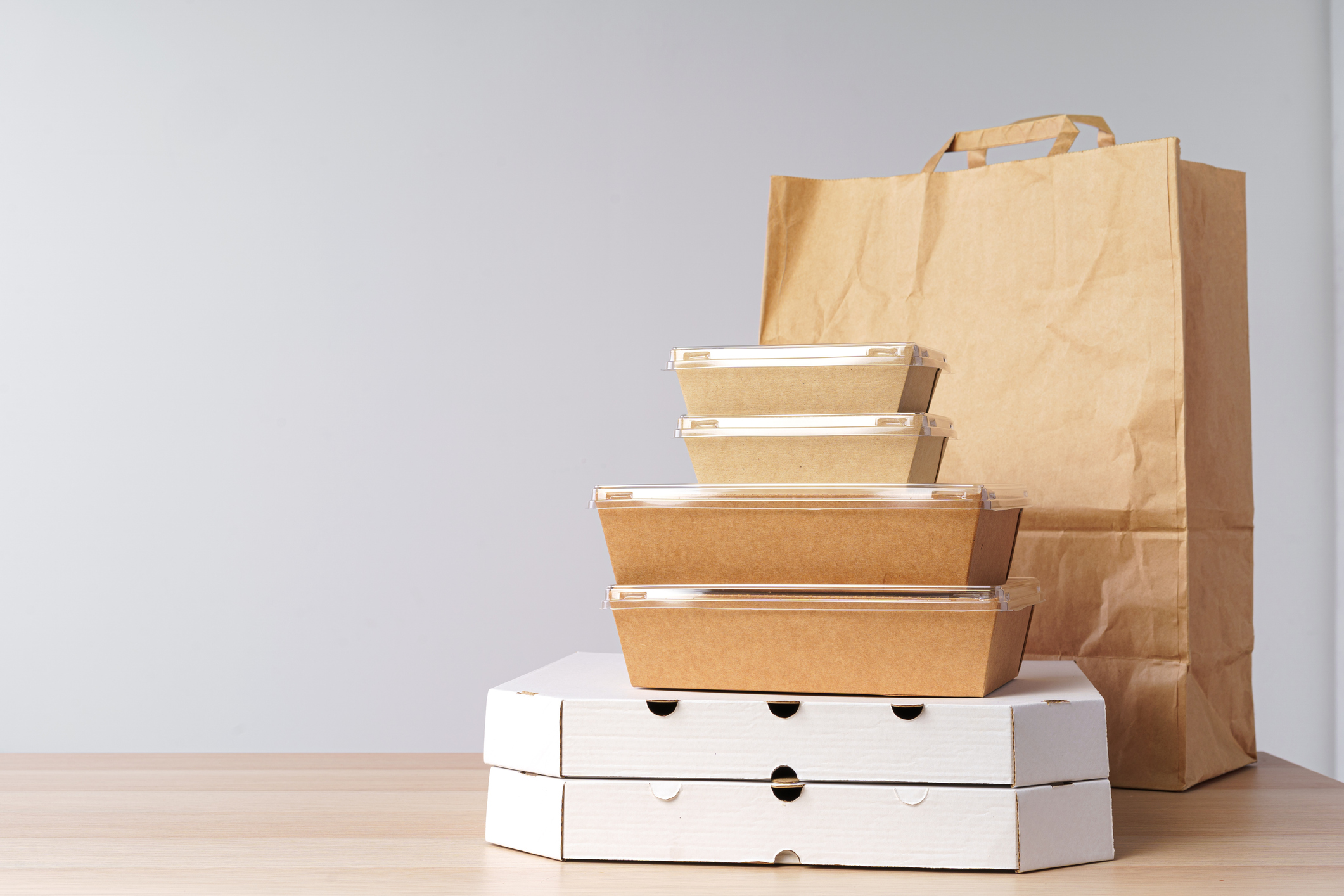
8. Illinois sales tax
Statewide sales tax: 6.25%
Average local sales tax: 2.67%
Average combined sales tax: 8.92%
Although the average local sales tax in Illinois is only 2.67%, it’s much higher in some areas. Chicago residents pay a 10.25% sales tax rate. But the higher tax might be worth it if you are a fan of the city’s authentic deep-dish pizza. You may find cheaper tax rates in areas of Crawford, Iroquois, and Henderson counties.
Good to know facts about Illinois sales tax:
- You’ll need to pay tax on prescription drugs, which are not taxable in most other states. However, the tax is reduced to 1%.
- You’ll pay taxes on clothing and vehicle purchases.
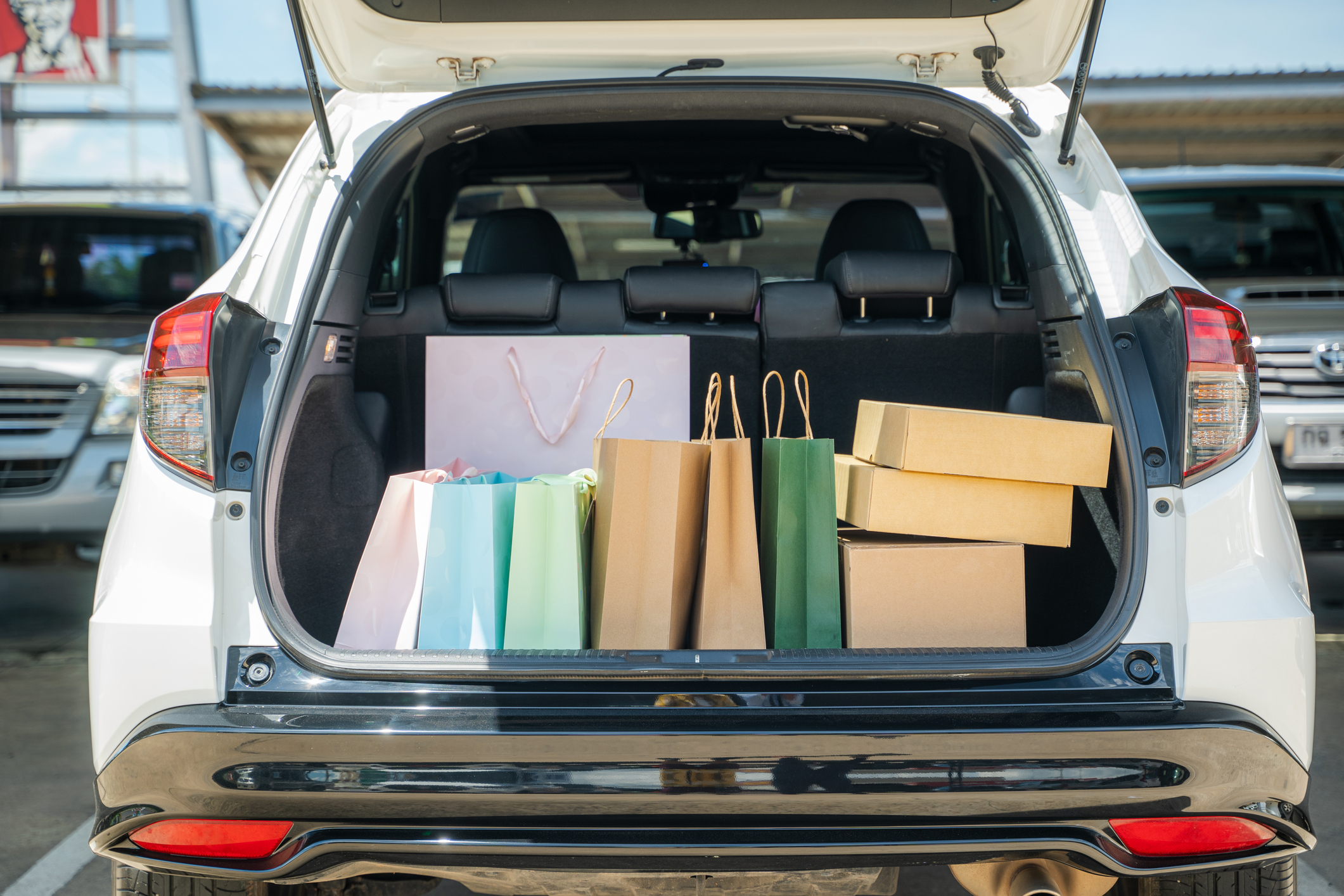
7. California sales tax
Statewide sales tax: 7.25%
Average local sales tax: 1.73%
Average combined sales tax: 8.98%
California ranks as having the highest sales tax in the U.S. when considering California state tax only, but with an average combined rate of 8.98%, it skates by at number seven. Tax rates are 10.75% in cities like Albany and San Leandro, but you can find several California cities with tax rates under 8%, including Roseville and Anderson.
Good to know facts about California sales tax:
- You will pay state and local taxes on motor vehicle purchases and clothing.
- You won’t pay sales tax on prescription drugs or groceries.

6. Oklahoma sales tax
Statewide sales tax: 4.5%
Average local sales tax: 4.55%
Average combined sales tax: 9.05%
Oklahoma might not come to mind when you think about states with high taxes, and that makes sense when considering the statewide Oklahoma tax is only 4.5%. But some people in the state can pay as much as 7% on top of that. There is good news if you prefer the big cities, though. Tulsa and Oklahoma City have local tax rates between about 4% and 4.2%. Added to Oklahoma's statewide sales tax, those rates don't reach above 8.7%.
Good to know facts about Oklahoma sales tax:
- Prescription drugs are tax-exempt, but clothing is taxable.
- Motor vehicle purchases are taxable.
- Groceries are state sales tax-free. However, you may still pay Oklahoma grocery tax.

5. Alabama sales tax
Statewide sales tax: 4%
Average local sales tax: 5.44%
Average combined sales tax: 9.44%
Alabama shares the same statewide sales tax with New York at 4%, but the local sales tax can jump up to 11%, forcing some residents to pay a sales tax rate as high as 15%. Alabama still taxes groceries, but at a reduced rate of 3%. The rate is set for a further reduction to 2% in September.
For more information on the 'Food Tax', see Kiplinger's Grocery Tax by State.
Good to know facts about Alabama sales tax:
- Motor vehicle purchases and clothing are taxable at the state and local levels.
- Prescription drug purchases are exempt.

4. Washington sales tax
Statewide sales tax: 6.5%
Average local sales tax: 2.97%
Average combined sales tax: 9.47%
Although the average local tax rate in Washington is only 2.97%, localities can tax up to 4.1% in addition to the state tax. That means some Washington residents pay a 10.6% sales tax rate.
Good to know facts about Washington sales tax:
- You’ll pay sales tax on motor vehicles.
- Groceries and prescription drugs are exempt.
- You might save money if you move to Washington since it’s a state with no income tax.
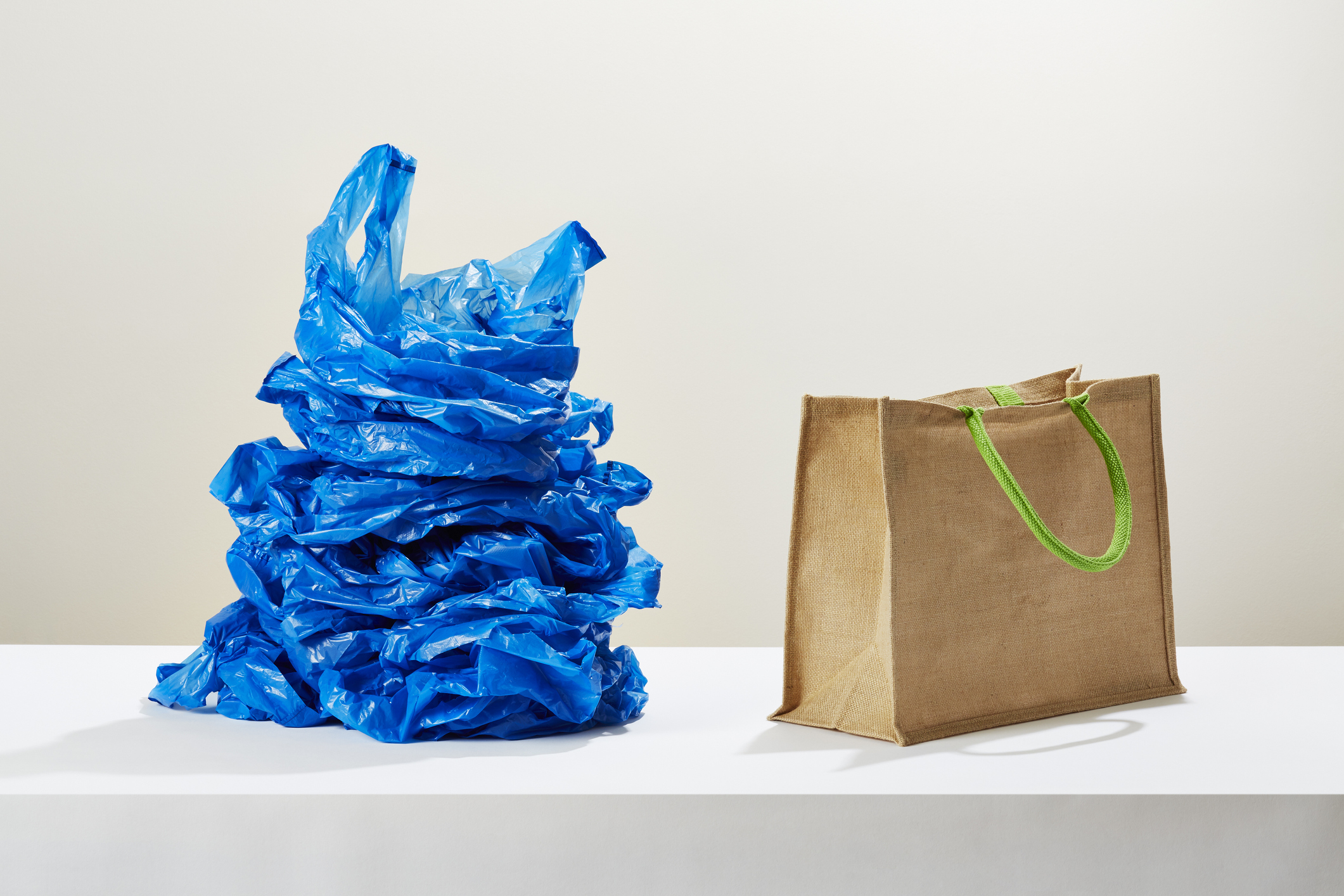
3. Arkansas sales tax
Statewide sales tax: 6.5%
Average local sales tax: 2.98%
Average combined sales tax: 9.48%
It’s interesting that Arkansas has the third-highest average combined sales tax rate in the country, considering its cost of living falls well below the national average. It just goes to show that even when you pay a higher sales tax, you could still pay less overall (when the taxable items cost less to begin with).
Good to know facts about Arkansas sales tax:
- Like in most states, prescription drugs are tax-exempt.
- Motor vehicle purchases and clothing are taxable.
- Arkansas does tax groceries, but at a reduced rate of 0.125%.

2. Tennessee sales tax
Statewide sales tax: 7%
Average local sales tax: 2.61%
Average combined sales tax: 9.61%
Although Tennessee ranks as the second most expensive state when considering average combined state and local taxes, total sales taxes remain below 10% statewide. So, you can travel anywhere in the state without the significant tax rate changes you see with other states on this list. Unfortunately, Tennessee imposes a tax on groceries, but at least they are taxed at a reduced rate of 4%.
Good to know facts about Tennessee sales tax:
- Prescription drugs are not taxable.
- Motor vehicle purchases and clothing are also taxable.

1. Louisiana sales tax
Statewide sales tax: 5%
Average local sales tax: 5.11%
Average combined sales tax: 10.11%
Louisiana ranks as the state with the highest sales tax when considering state and local taxes. It would have come in at the 32nd most expensive state if considering the Louisiana state tax only. However, localities can impose their own tax rates of up to 7%. That means residents in some areas of the state face a 12% sales tax rate.
Good to know facts about Louisiana sales tax:
- Even though Louisiana takes the spot for the most expensive sales tax, you won’t pay state taxes on groceries or prescription drugs.
- Motor vehicle purchases and clothing are taxable.
- Like in New York, there is no longer a tax on feminine products or diapers.
Related: Louisiana Has a New Income Tax Rate: What It Means for You
Read More
- 10 States With the Lowest Sales Tax
- The 'Food Tax': Grocery Tax by State
- 10 States with the Highest Gas Taxes
- Best States to Buy Chocolate Candy Tax-Free
Profit and prosper with the best of Kiplinger's advice on investing, taxes, retirement, personal finance and much more. Delivered daily. Enter your email in the box and click Sign Me Up.

Kate is a CPA with experience in audit and technology. As a Tax Writer at Kiplinger, Kate believes that tax and finance news should meet people where they are today, across cultural, educational, and disciplinary backgrounds.
- Katelyn WashingtonFormer Tax Writer
-
 Nasdaq Leads as Tech Stages Late-Week Comeback: Stock Market Today
Nasdaq Leads as Tech Stages Late-Week Comeback: Stock Market TodayOracle stock boosted the tech sector on Friday after the company became co-owner of TikTok's U.S. operations.
-
 Disney’s Risky Acceptance of AI Videos
Disney’s Risky Acceptance of AI VideosThe Kiplinger Letter Disney will let fans run wild with AI-generated videos of its top characters. The move highlights the uneasy partnership between AI companies and Hollywood.
-
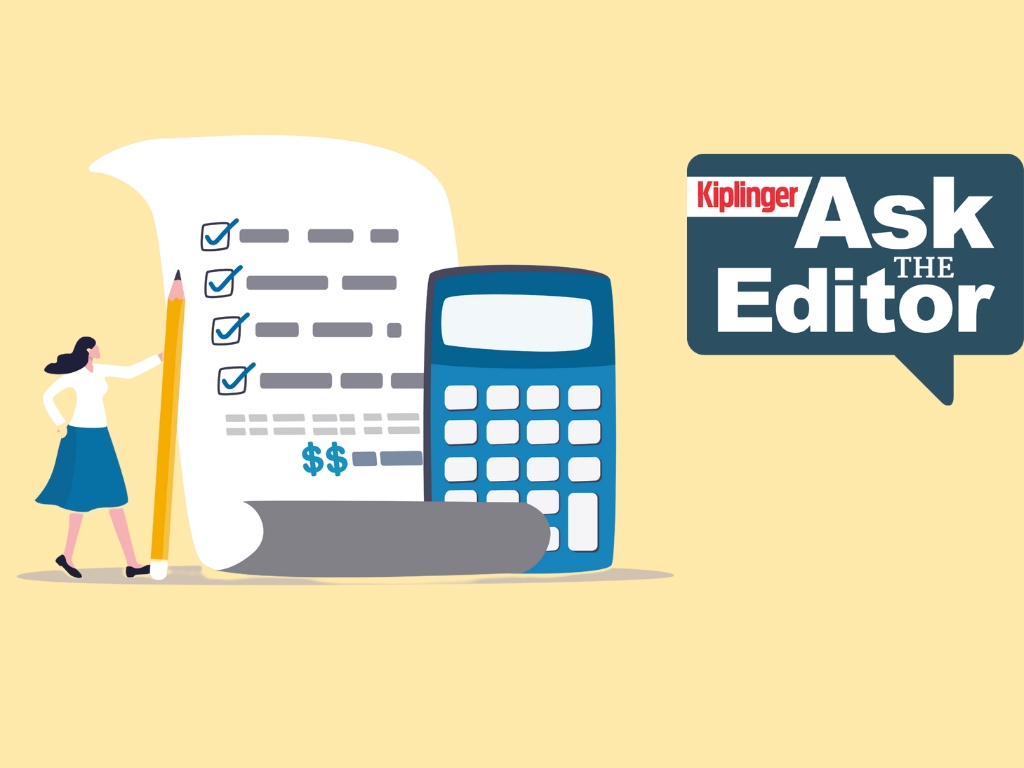 Ask the Editor: Itemized Deductions
Ask the Editor: Itemized DeductionsAsk the Editor In this week's Ask the Editor Q&A, Joy Taylor answers questions on itemized deductions claimed on Schedule A of Form 1040
-
 Retirees in These 7 States Could Pay Less Property Taxes Next Year
Retirees in These 7 States Could Pay Less Property Taxes Next YearState Taxes Retirement property tax bills could be up to 65% cheaper for some older adults in 2026. Do you qualify?
-
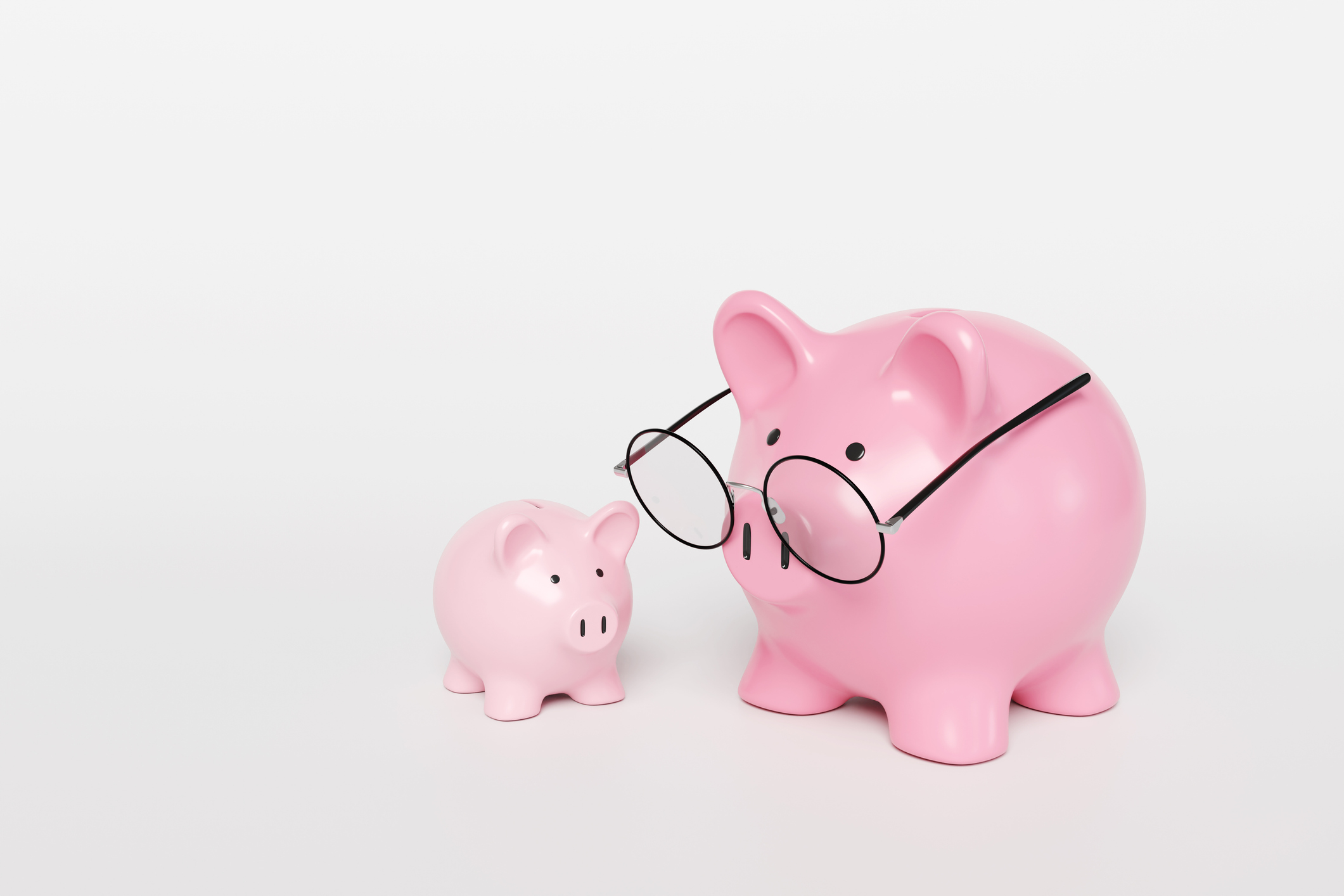 Estate Tax Quiz: Can You Pass the Test on the 40% Federal Rate?
Estate Tax Quiz: Can You Pass the Test on the 40% Federal Rate?Quiz How well do you know the new 2026 IRS rules for wealth transfer and the specific tax brackets that affect your heirs? Let's find out!
-
 5 Types of Gifts the IRS Won’t Tax: Even If They’re Big
5 Types of Gifts the IRS Won’t Tax: Even If They’re BigGift Tax Several categories of gifts don’t count toward annual gift tax limits. Here's what you need to know.
-
 The 'Scrooge' Strategy: How to Turn Your Old Junk Into a Tax Deduction
The 'Scrooge' Strategy: How to Turn Your Old Junk Into a Tax DeductionTax Deductions We break down the IRS rules for non-cash charitable contributions. Plus, here's a handy checklist before you donate to charity this year.
-
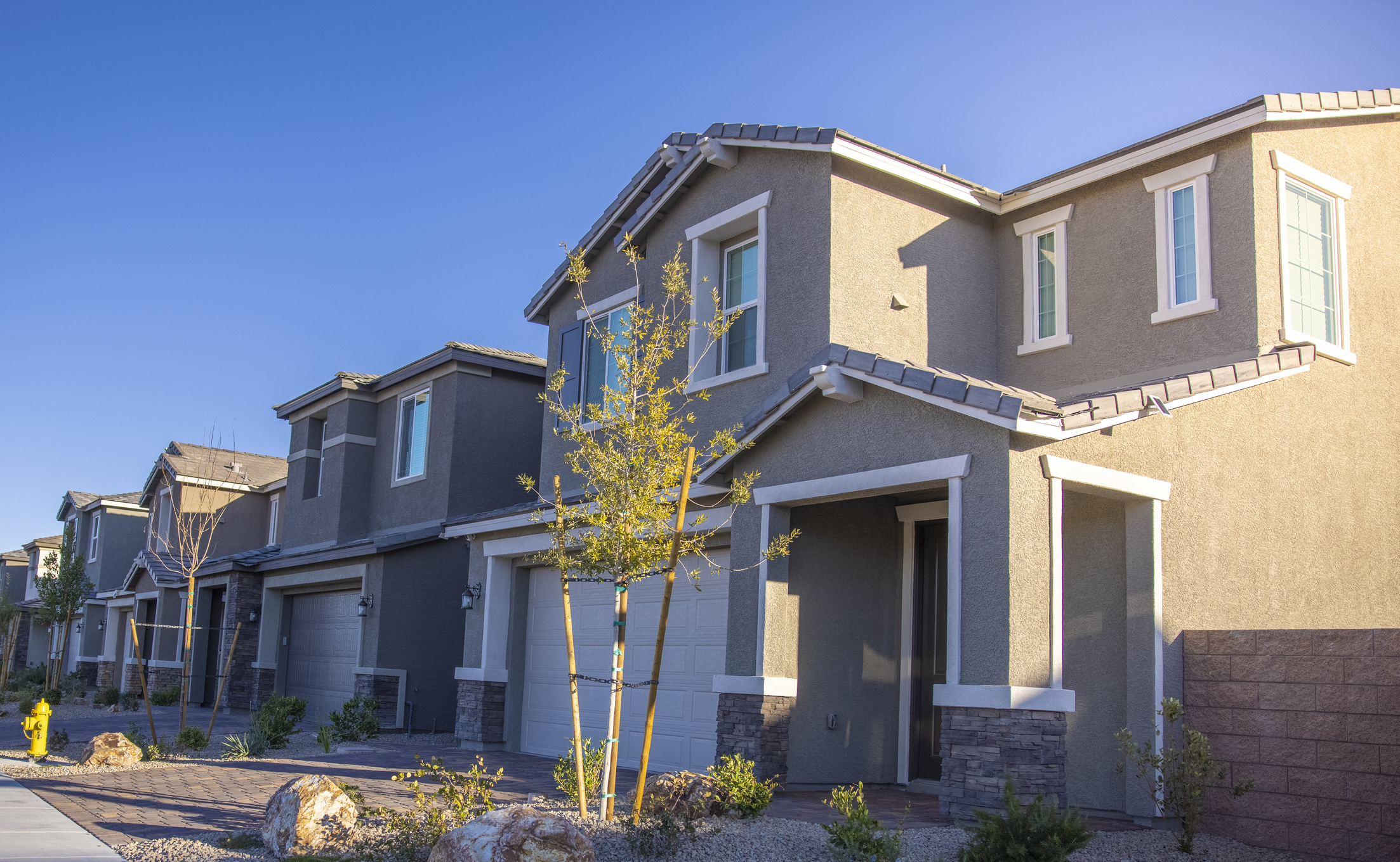 Are You Middle-Class? Here's the Most Tax-Friendly State for Your Family
Are You Middle-Class? Here's the Most Tax-Friendly State for Your FamilyTax Tips We found the state with no income tax, low property tax bills and exemptions on groceries and medicine.
-
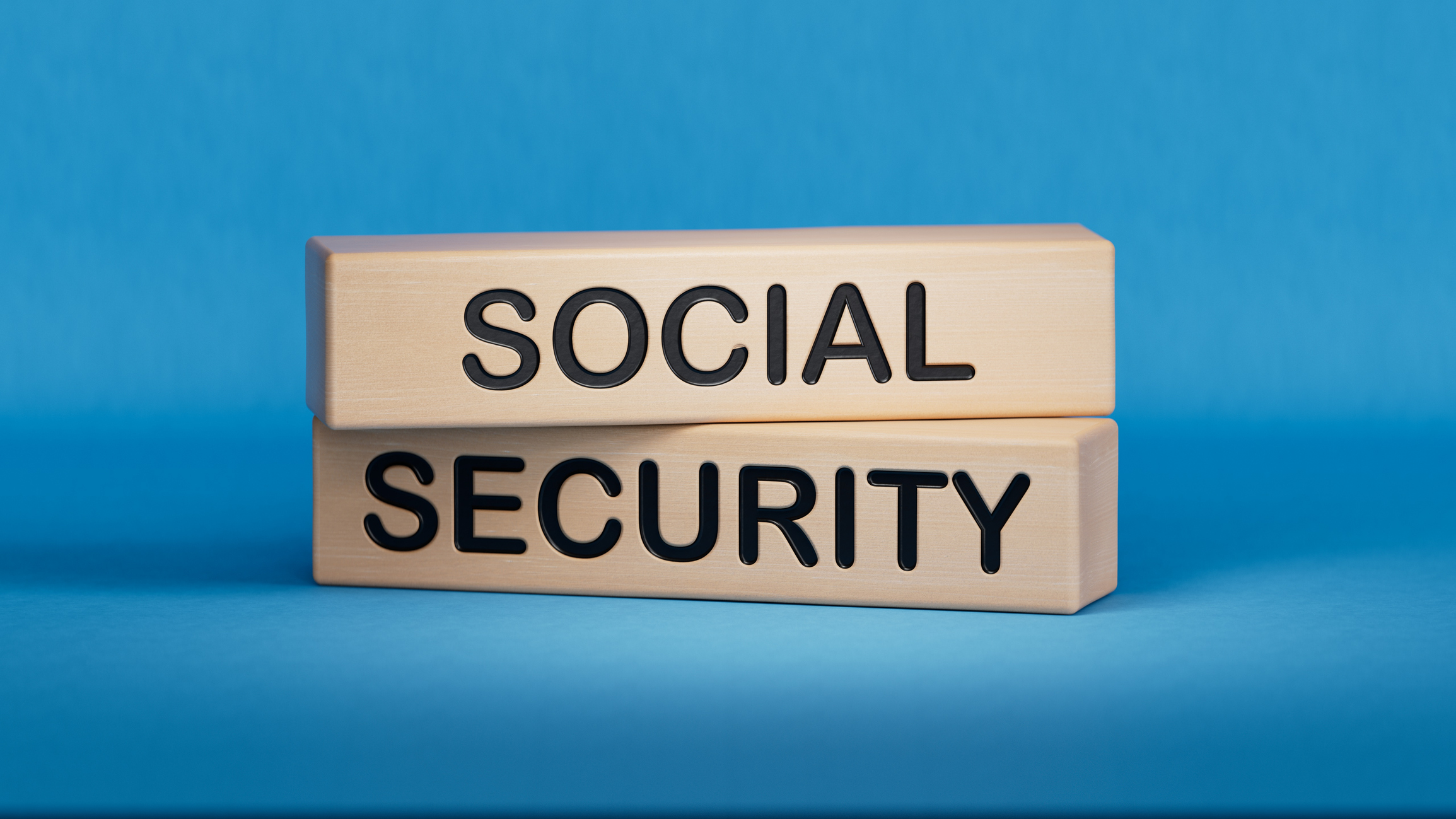 Social Security Benefits Quiz : Do You Know the IRS Tax Rules?
Social Security Benefits Quiz : Do You Know the IRS Tax Rules?Quiz Social Security benefits often come with confusing IRS tax rules that can trip up financially savvy retirees and near-retirees.
-
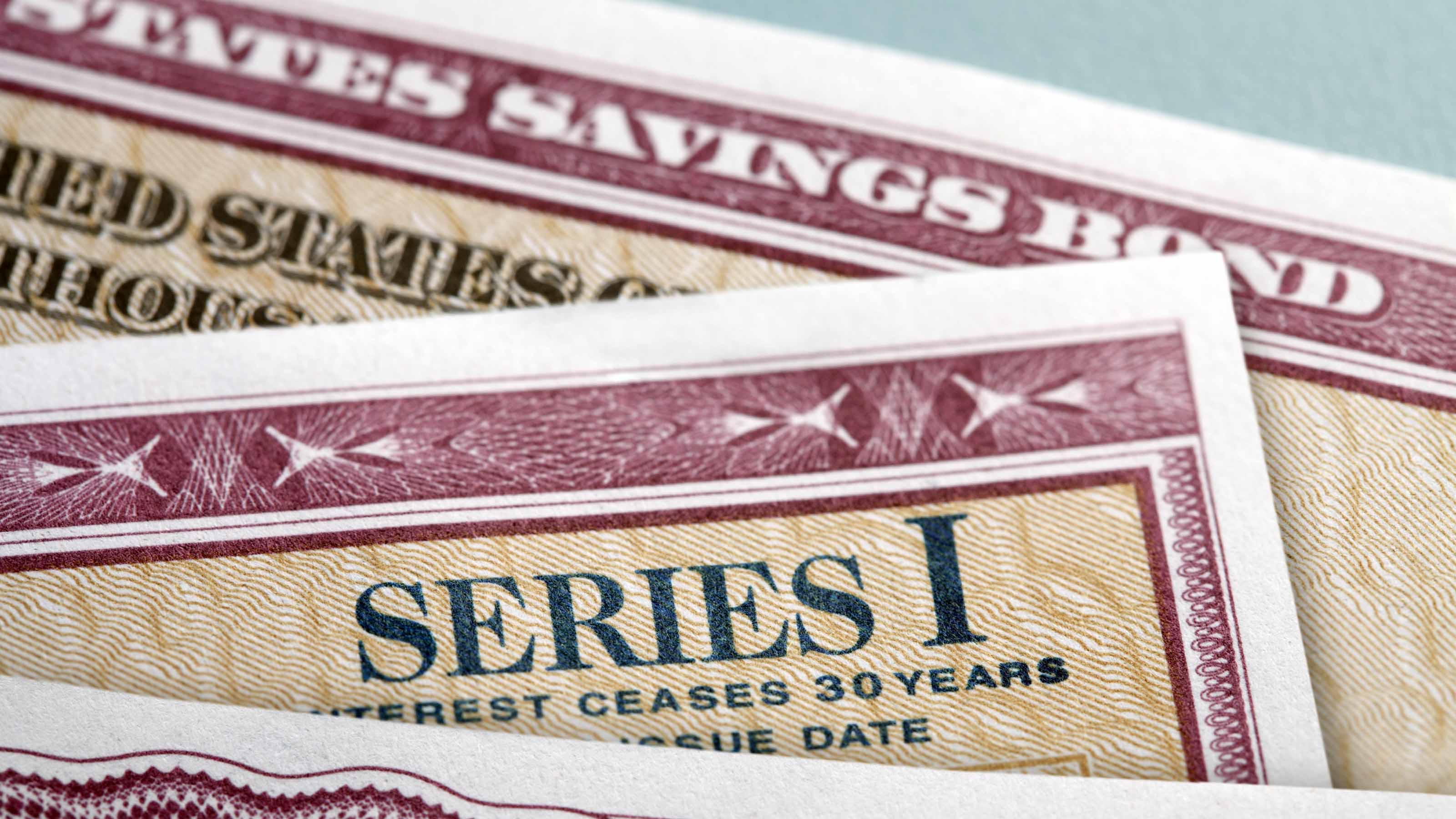 How Are I Bonds Taxed? 8 Common Situations to Know
How Are I Bonds Taxed? 8 Common Situations to KnowBonds Series I U.S. savings bonds are a popular investment, but the federal income tax consequences are anything but straightforward.
-
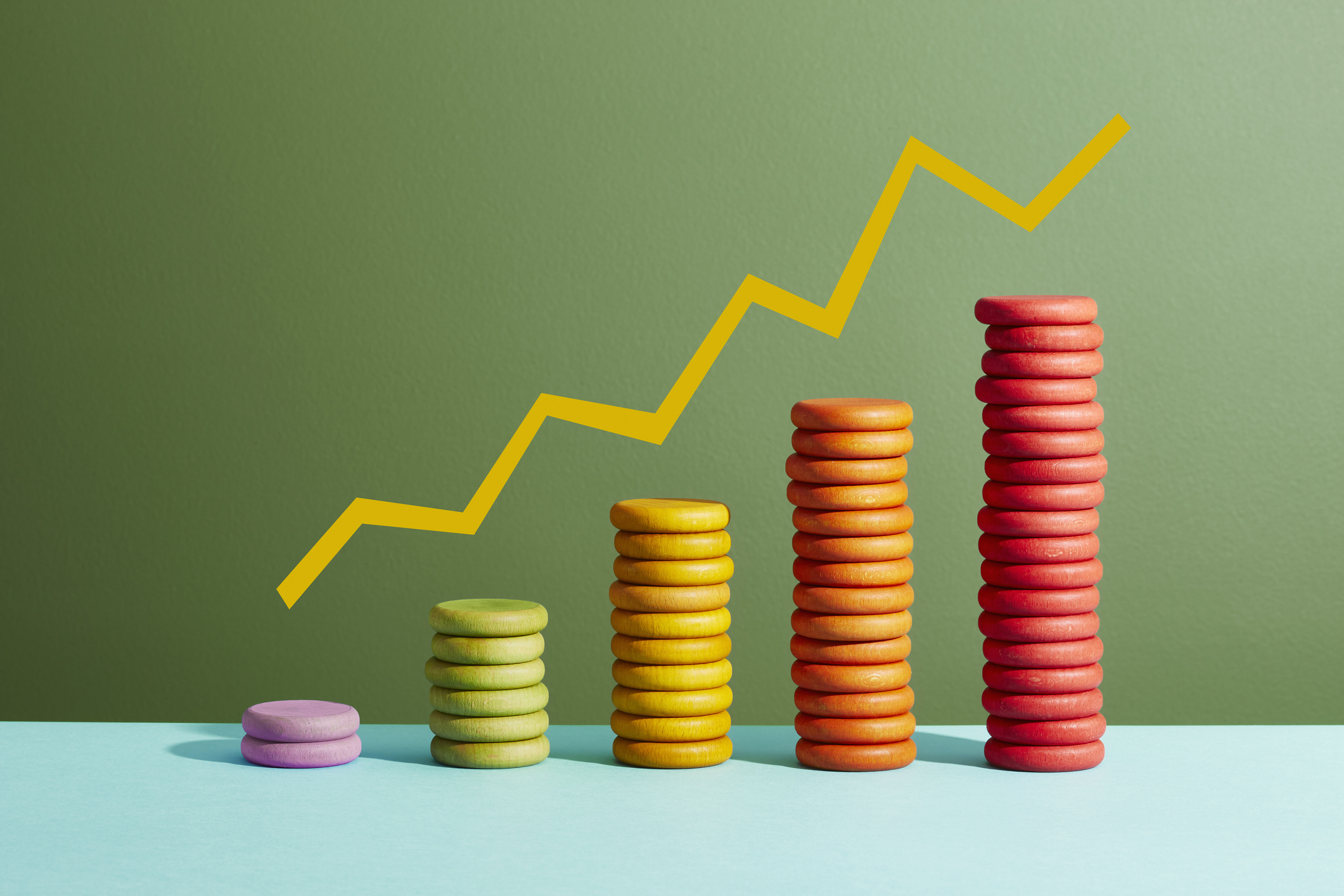 Capital Gains Tax Quiz: How Well Do You Really Know IRS Investment Tax Rules?
Capital Gains Tax Quiz: How Well Do You Really Know IRS Investment Tax Rules?Quiz Take our capital gains tax quiz to test your investment taxes knowledge. Learn about loss rules, holding periods, and tax incentives that could impact your savings.
